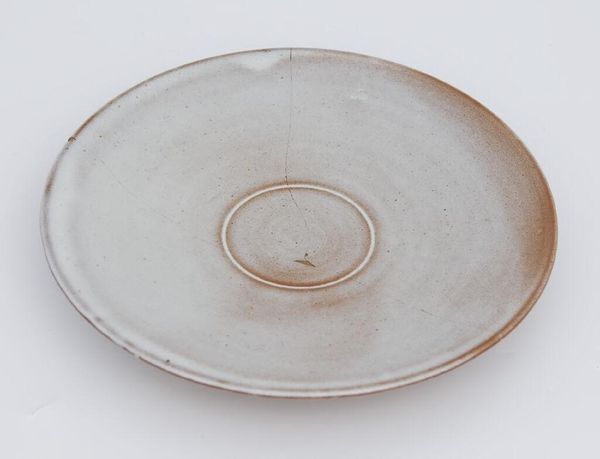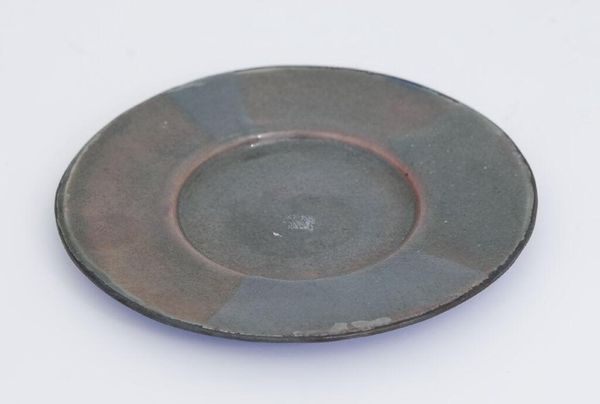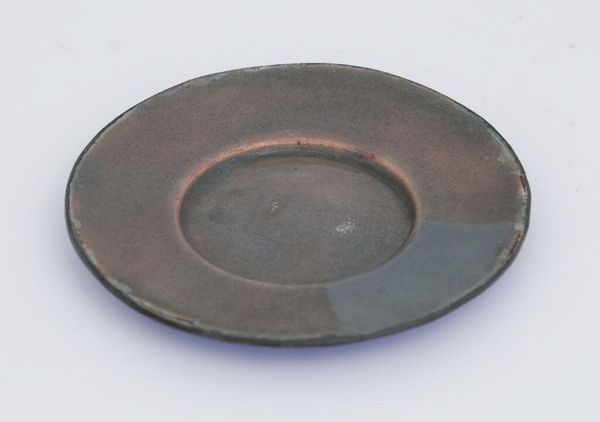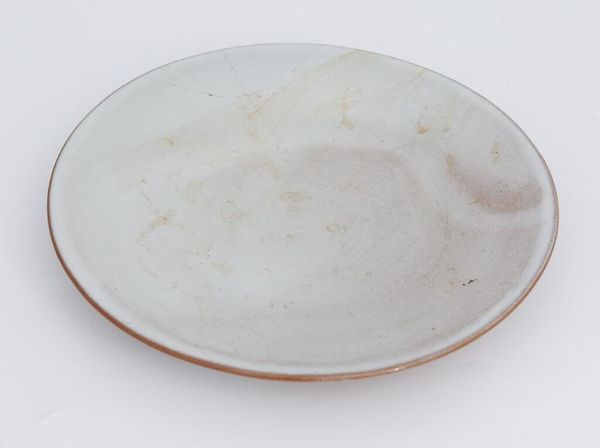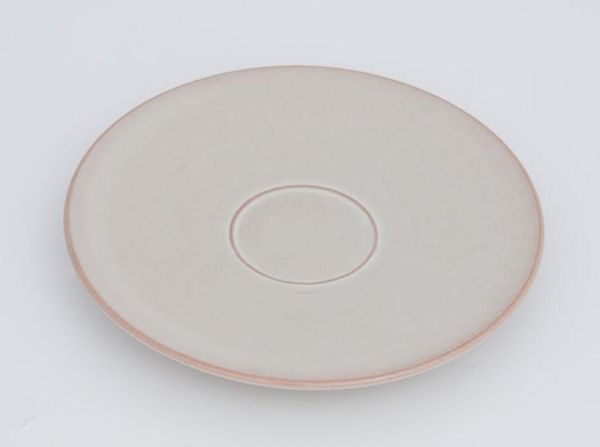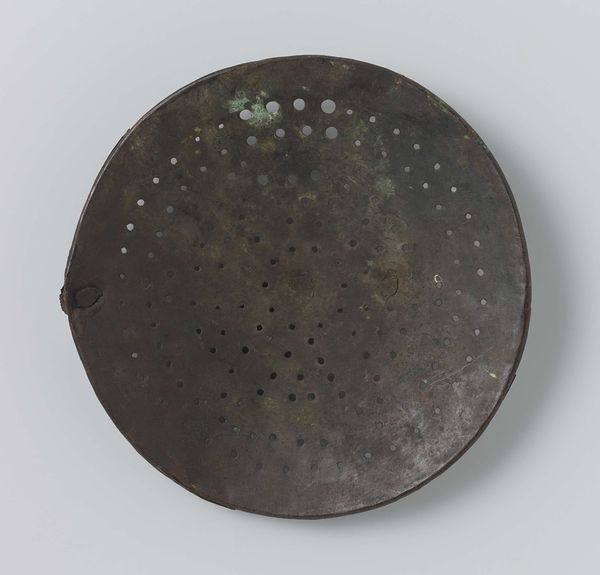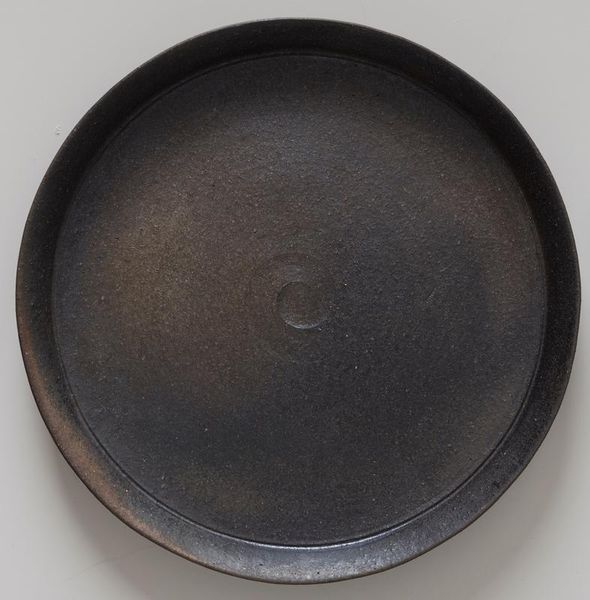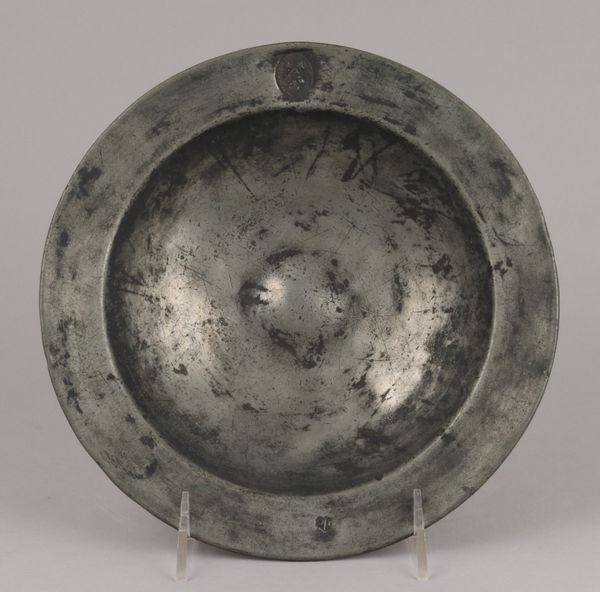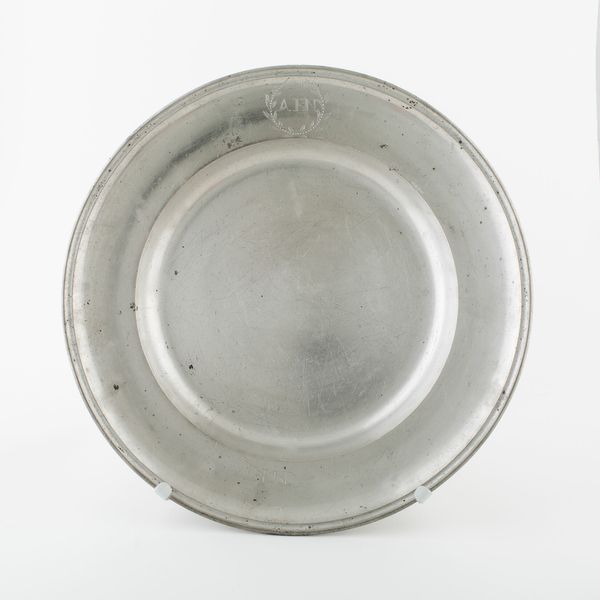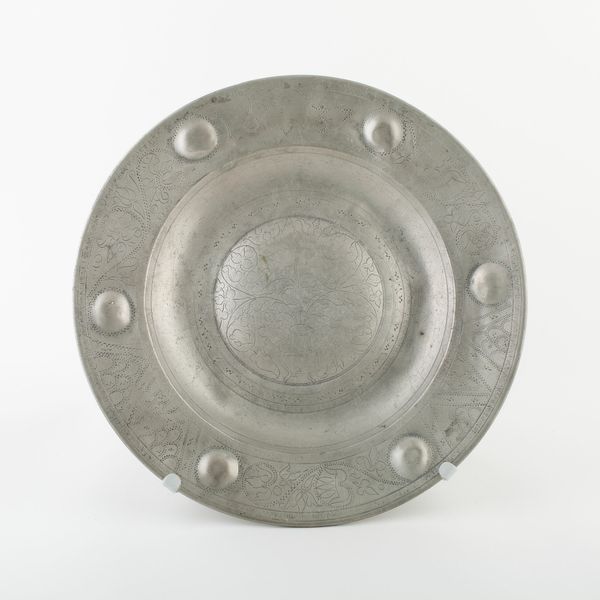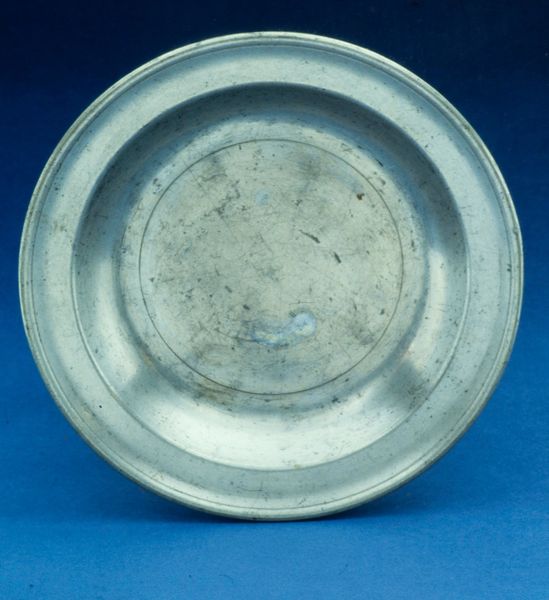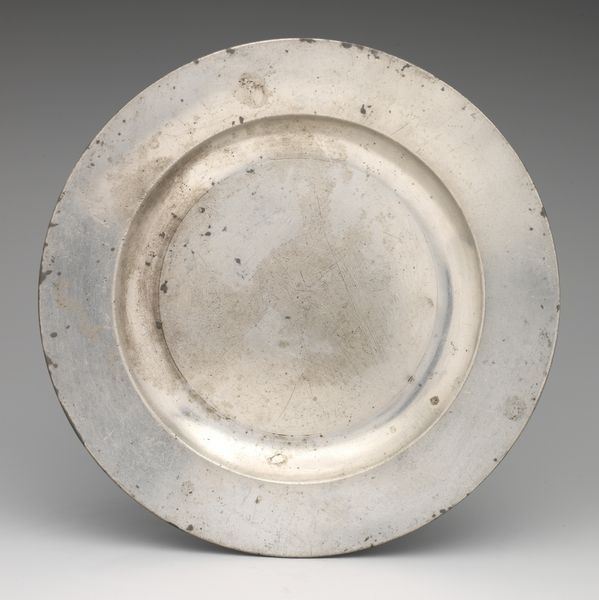
Dimensions: 16.5 cm (6 1/2 in.)
Copyright: CC0 1.0
Editor: Here we have Otto Lindig’s "Saucer," a humble ceramic piece at the Harvard Art Museums. It’s simple and quiet, almost meditative. What can you tell me about it? Curator: This saucer speaks volumes about the Bauhaus movement's influence on ceramics. Lindig, associated with the Bauhaus, prioritizes function and accessibility. How do you see this object relating to the broader social aims of the Bauhaus? Editor: I suppose the Bauhaus aimed to democratize art, making it available to everyone. So, this utilitarian object embodies that philosophy? Curator: Exactly! It challenges traditional notions of art by elevating a common item. Consider the politics of display: how does placing this saucer in a museum alter its original function and meaning? Editor: Interesting, it transforms a simple object into a statement about art's role in everyday life. Curator: Precisely, and the museum then becomes a stage for this transformation. Editor: I never considered a saucer could be such a powerful social commentary. Curator: It invites us to rethink the boundaries between art and life.
Comments
No comments
Be the first to comment and join the conversation on the ultimate creative platform.
